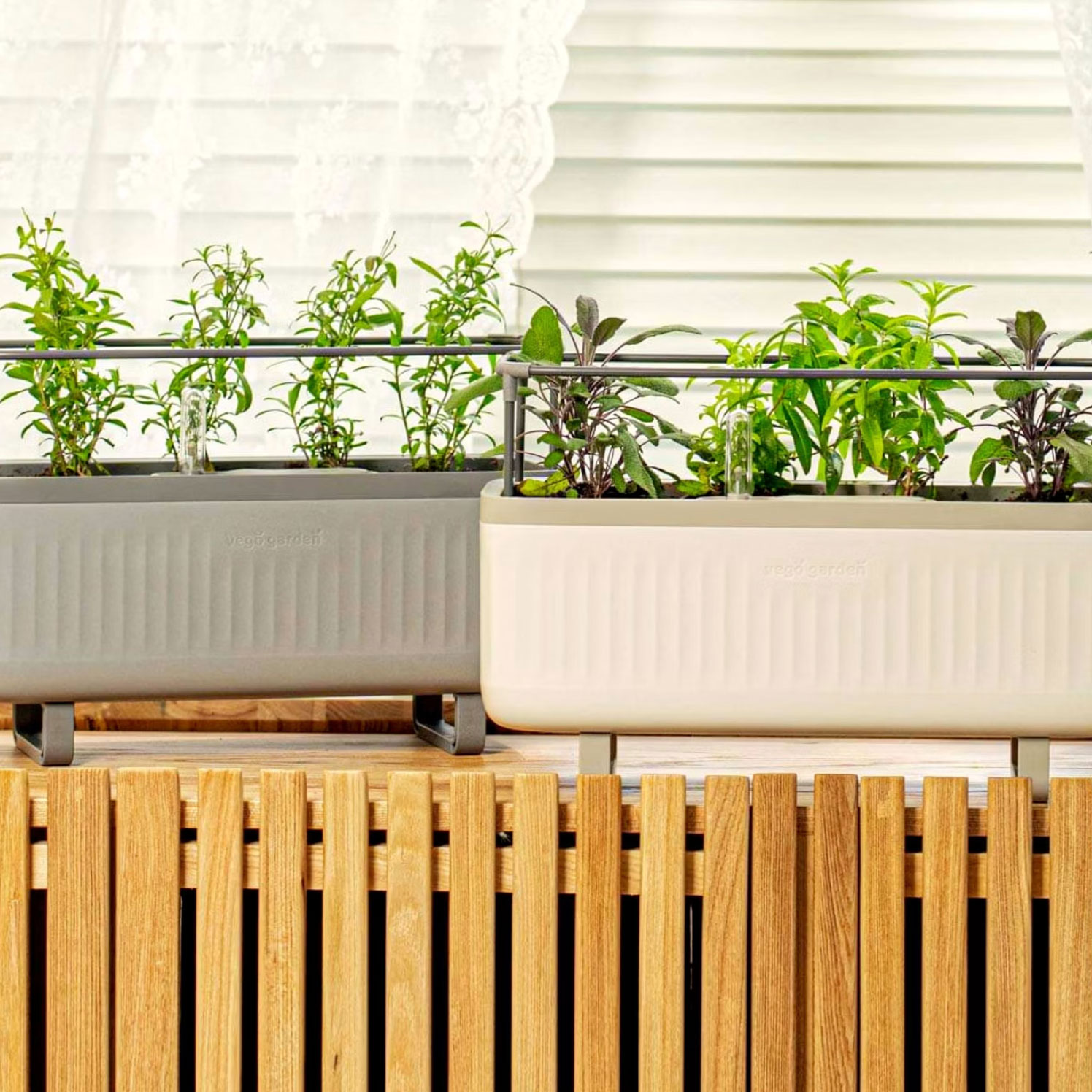Which Containers Are Best For Balcony Planting? 6 Balcony Planter Box And Container Ideas
New to balcony gardening, or wondering which pots are best for those small and elevated spaces? Try these balcony planter box and container ideas
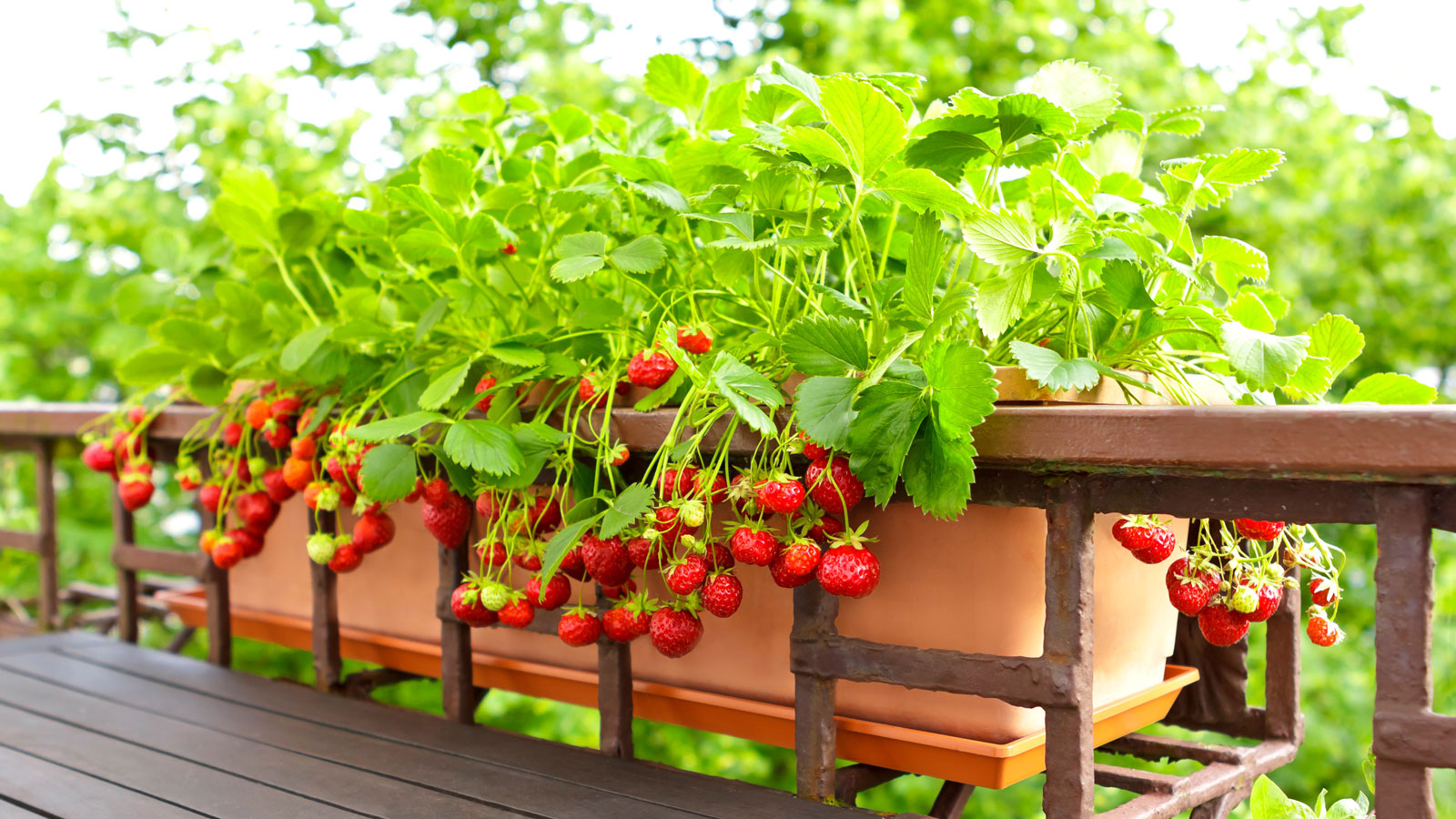
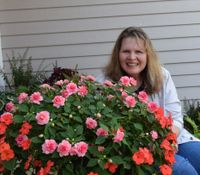
Tonya Barnett
If you enjoy growing flowers or vegetables but only have a balcony to call your own, don’t worry. There are plenty of great gardening options to enjoy if you use the right balcony planter box or container. Allowing for the direction your balcony faces, and the types of plants you want to grow, there are several reliable and attractive container options that can be used in all manner of urban garden ideas.
Whether growing a small vegetable garden or beautiful ornamental flowers, selecting the right containers when planting on a balcony means you can cultivate and harvest all manner of flowers, herbs, vegetables, succulents, small shrubs and dwarf fruits.
Material options include terracotta, plastic, untreated wood, glazed containers, metal, wire baskets, and fabric. By exploring traditional and more specialized creative ideas for plant containers, you can craft a growing space that is both functional and beautiful.
Best Container Options for Planting on a Balcony
Take a good look at your balcony size and visualize how you can accommodate the space. How many containers will fit? Do you want a balcony rail planter box? Do you have access to a rooftop garden? Can you hang baskets from the balcony ceiling? Is there room for a vertical planter? Find out if there are weight limits that could affect your balcony’s structural integrity.
Be sure your containers are easy to water. Plants for container gardening need more water than inground plants. Self-watering containers are available in the Gardening Know How Shop, but in some cases you may need pots you water daily.
When choosing containers for your small space oasis, flip them over and inspect the number of drainage holes. Plants in containers need excellent drainage. Pots for balcony gardening range widely in size, shape and material. Each material can greatly impact the manner in which the pots retain heat. This can play an important role in the plant’s overall health throughout the growing season, and beyond.
1. Plastic Pots
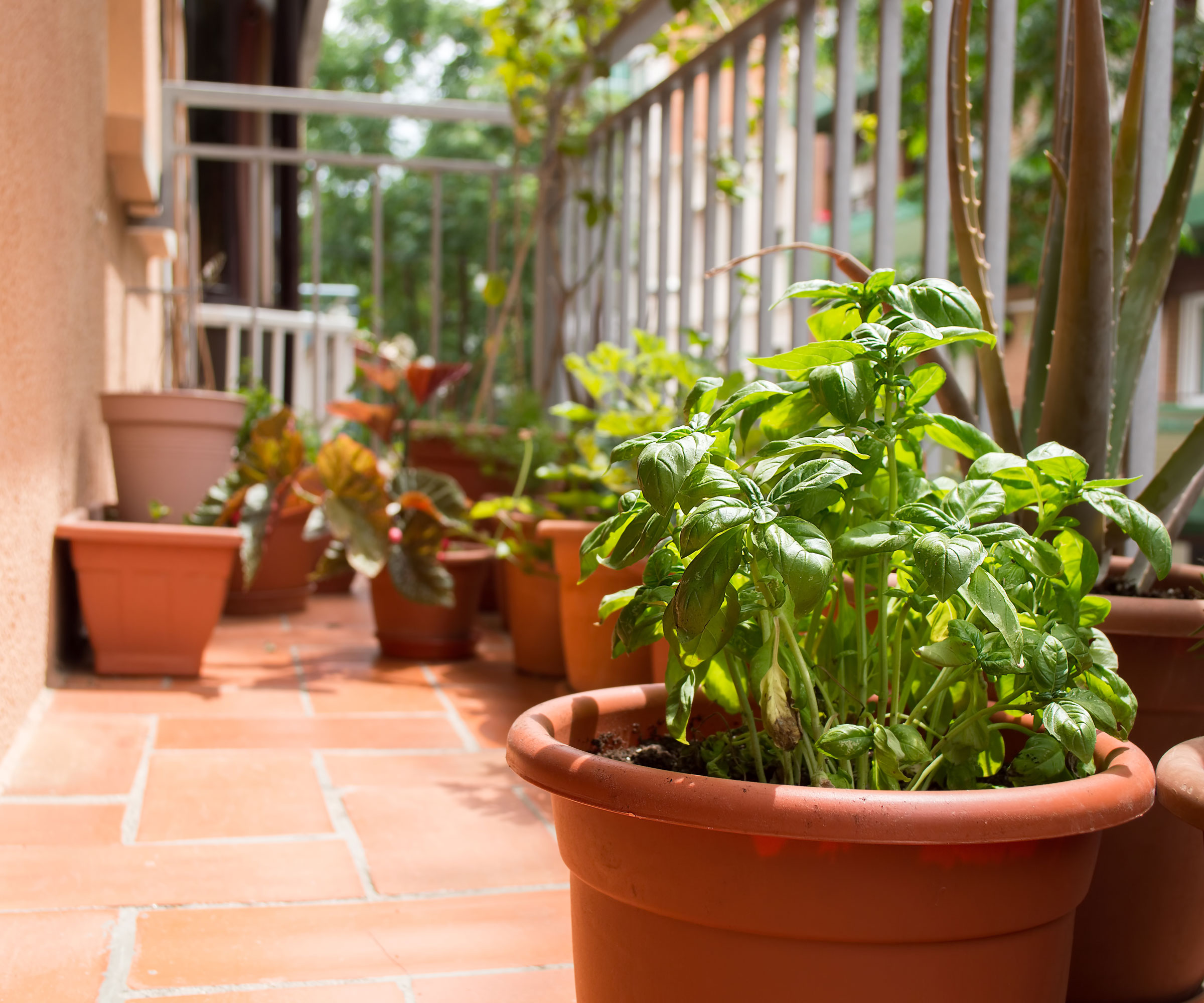
You may be stuck between clay and plastic pot options. Plastic, composite and resin containers are lightweight and durable. When planting on a balcony, a lightweight container is important because once filled with potting mix, it can become very heavy.
Sign up for the Gardening Know How newsletter today and receive a free copy of our e-book "How to Grow Delicious Tomatoes".
Plastic is inexpensive and won’t dry out as quickly as terracotta or fabric containers. You don’t need much space for a Ridge Planter from Crescent Garden, available in the Gardening Know How Shop. Plastic pots work well for most plants, though not so much for succulent plants which need as much drainage as possible.
2. Terracotta Pots

Terracotta plant pots are porous and work well for succulents and other plants that need excellent drainage to avoid root rot. Glazed pottery is sealed, so it is better suited for plants that need to retain moisture.
Both types of pots are heavier than plastic so they are great options if the wind blows hard on your balcony. However, depending on how many you intend to use and fill, they might not be so good if there are weight restrictions on the balcony.
3. Fabric Pots

Fabric such as grow bags may not be the most attractive, but they are great for vegetables. The fabric is breathable and allows air to reach the roots. They come in different sizes and for vegetables with deep roots, such as tomatoes, you need at least a five-gallon container.
Fabric bags are great for growing multiples of quick-growing crops like tomatoes. However, for vegetables such as lettuces, you can get by with smaller and more shallow containers such as small plastic pots.
4. Planter Boxes
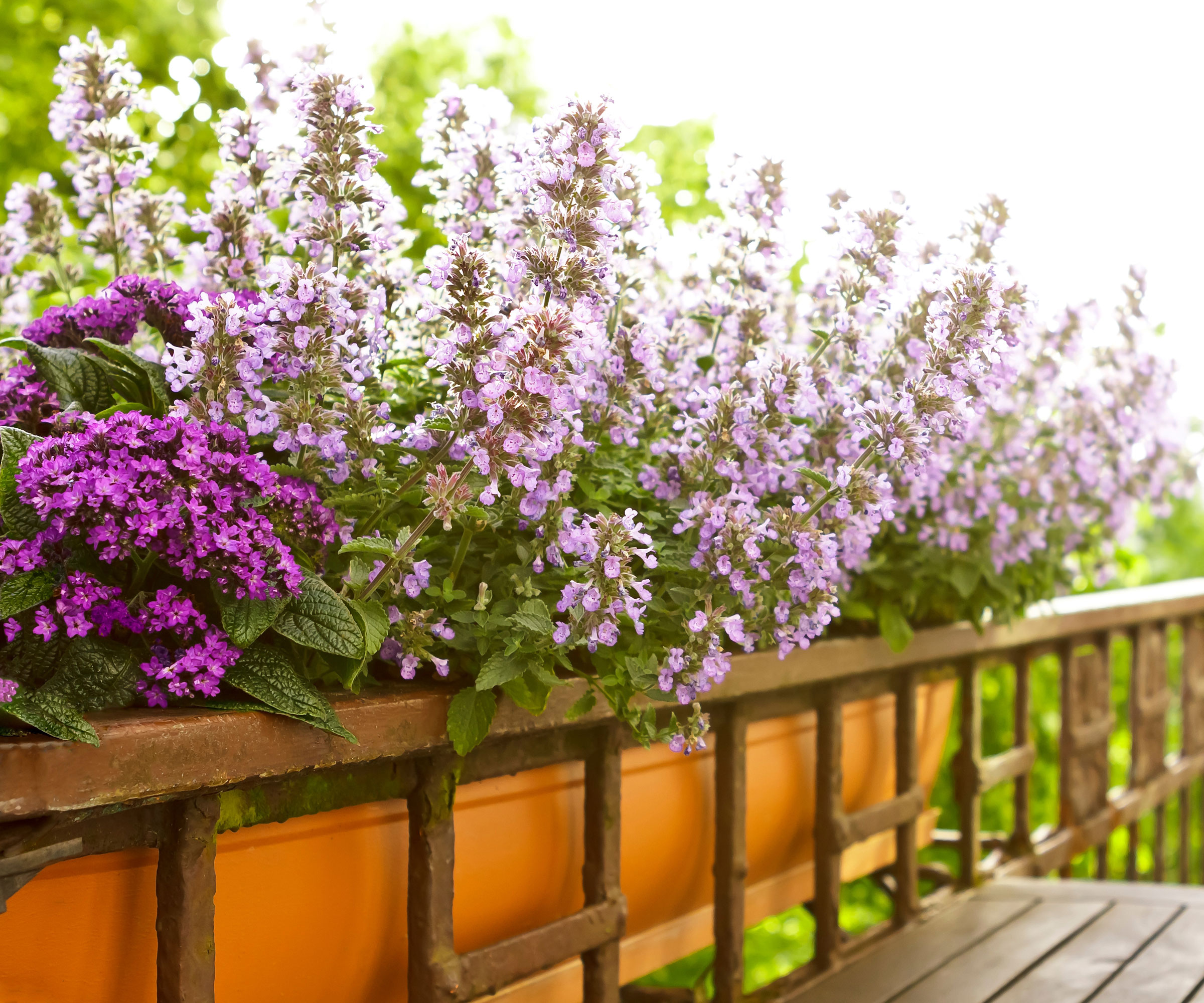
Planter boxes such as window boxes and balcony rail planters come in a variety of materials such as plastic, metal or wood, and typically come with hanging hardware. A window box can be attached to a window if one faces the balcony, or it can be placed on the floor of the balcony. They are an excellent way of extending space if you wish to grow a balcony flower garden or a row of herbs, for example.
Rail planters are often metal or wood and hang on the railing. If the railing is standard wood planks, there are planter boxes with deep grooves that fit on top of the wood so no hardware is needed. Alternatively, freestanding options like Crescent Garden’s TruDrop Slat Self-Watering Planter Box, available in the Gardening Know How Shop, allow you to squeeze more plants into relatively small balcony spaces.
5. Vertical Planters

Vertical planters are useful if space is limited or you have a lot of small plants to display. They are especially effective for showcasing vertical vegetable garden ideas and herb collections, allowing you to group and display individual plants in a relatively small space.
Vertical planters are often stackable wood designs or metal shelving units. If you have room, a trellis can be added to a container, or you can purchase containers with a trellis attached to extend your balcony planter ideas further. Plant stands are a good way to elevate pots, and the different heights are also aesthetically pleasing.
6. Metal & Wire Containers
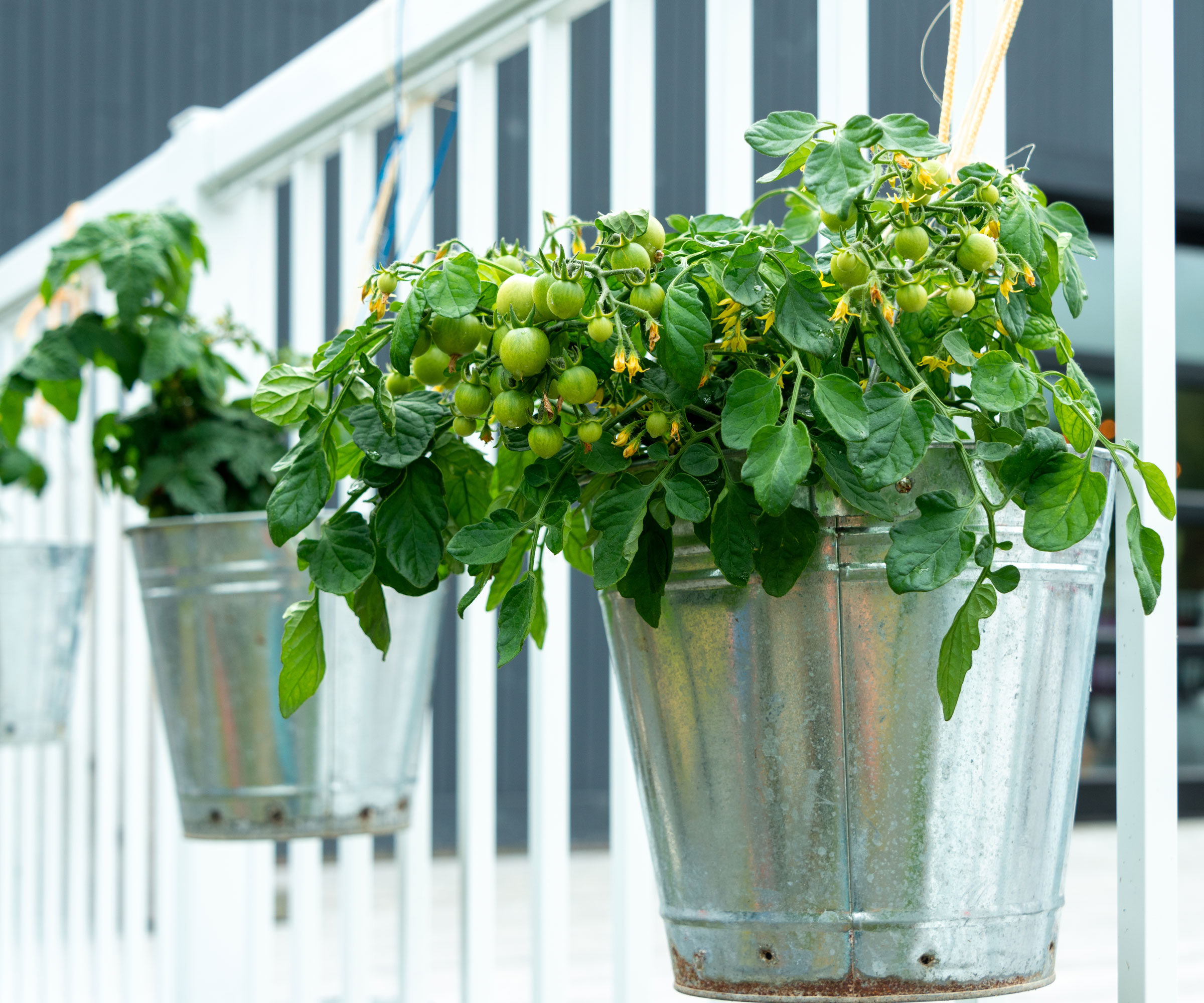
Metal containers are more lightweight than ceramic or terracotta containers. Just bear in mind that metal containers may draw heat to your plant’s roots. Hanging balcony planters are often wire baskets lined with a coir insert. Those are attractive but dry out quickly, so be prepared to water them often. Traditional plastic hanging baskets won’t dry out as fast.
Frequently Asked Questions
How important is water retention to pot selection?
When selecting balcony containers, gardeners should consider water retention. Proper drainage is key to maintaining healthy plants and can prevent issues like wilting or root rot. Since potted plants may dry more quickly, an irrigation plan is often required. Plants in hanging baskets and shallow containers may be especially thirsty, so need regular attention to make sure they are as healthy as possible.
Which containers are best for narrow balcony spaces?
Narrow balcony planters may be necessary if you’re gardening in very small areas. Narrow planters and rail planters are a great way to add height and improved visual interest to reduced growing spaces. Just make sure these containers are securely fastened to structures. If attached incorrectly, heavy containers may fall, causing harm to those below.
Other Great Ideas For Apartments and Small Spaces
- Want to add fresh foliage to compact quarters? These 10 best apartment plants create harmony, elegance and style to even teeny weeny flats and urban dwellings.
- If you’re passionate about edible gardening and want to grow more in small spaces, these cheap container vegetable gardening ideas are a great way to grow more while saving cash in tight spots.
- Dedicated herb lovers, take note! There’s loads you can do in small spaces, so try these 15 herb garden planter ideas to kickstart your kitchen garden growing.
- Even a modest patio space can be transformed into a haven for lush plant life and striking home decor. Try these small patio ideas to enhance your space with great tips for privacy, sanctuary, vertical gardening and container tips.
- For the ultimate container gardening in small spaces, you need the best mixed seeds. Grow Park Seed’s Ultimate Container Seed Collection, available in the Gardening Know How Shop, for the perfect compact nibbles.
This article features products available from third party vendors on the Gardening Know How Shop. Keep in mind that our plant inventory is limited - so if you’re thinking of purchasing, don’t wait!
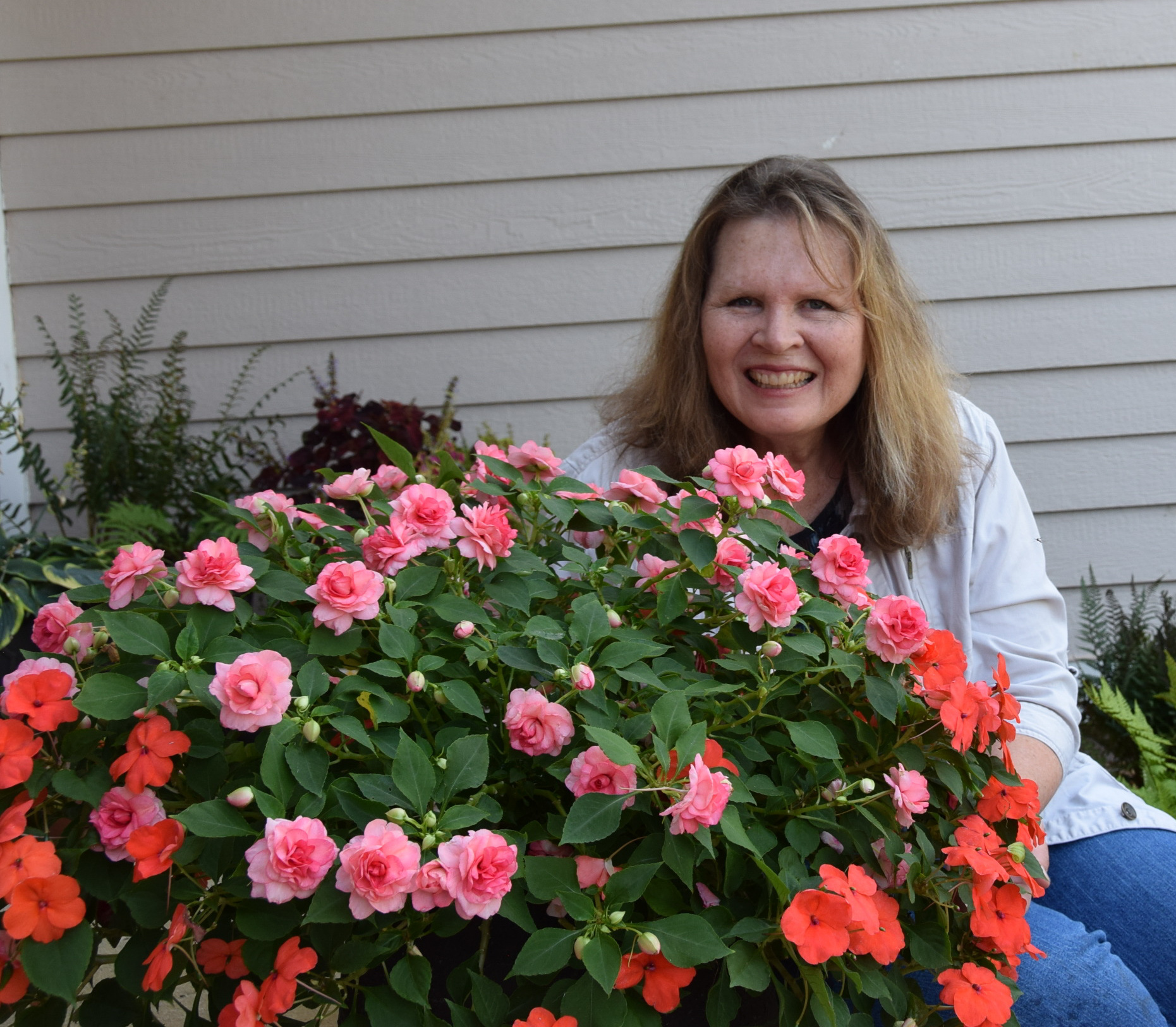
After graduating from Oklahoma State University with a degree in English, Susan pursued a career in communications. In addition, she wrote garden articles for magazines and authored a newspaper gardening column for many years. She contributed South-Central regional gardening columns for four years to Lowes.com. While living in Oklahoma, she served as a master gardener for 17 years.
- Tonya BarnettWriter

